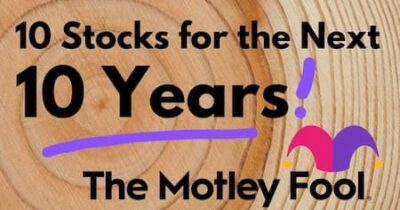Recently, Parliament passed legislation that increased EI payouts to $500 a week at minimum. The revamped EI program came just as the CERB wound down. On September 27, the last CERB payment period officially ended. No further extensions have been announced.
The end of the CERB brought significant confusion for Canadians. While the transition to EI has been widely publicized, not all former CERB recipients are sure whether they qualify for EI. Especially the self-employed and small-business owners. Recently, CTV News ran a story on Canadians who felt left out of the loop with the transition to EI. Those interviewed explained that they didn’t know whether they’d be able to get the new benefit when it launched.
With the new legislation passed, clarity is coming. It’s now set in stone that EI will pay what the CERB paid — at minimum — for the remainder of 2020. With a $500-a-week floor, it provides as much financial security as the CERB itself did. And it’s supplemented by two other benefits for those who aren’t EI eligible.
Revamped EI pays what the CERB paid — at minimum
The newly revamped EI program pays $500 a week at minimum. If you maxed out your hours, you could get more than that. According to Canada.ca, the absolute maximum EI payout is $573 a week. That’s more than what the CERB paid. And if you’re not eligible for EI, there are two other benefits available that you could get.
Other benefits available
In addition to EI, there are two other $500 a week benefits available for out-of-work Canadians post-CERB:
- Recovery Benefits (CRB)
- Caregiver Benefits (CRCB)
CRB pays $500 a week to non-EI eligible people who are out of work due to COVID-19. The amount can’t go over $500 — as it can with EI. To qualify for the CRB, you need to be non-EI eligible. Otherwise, it’s pretty similar to the CERB.
CRCB is another $500 weekly support program. This one is for people who are out of work to care for someone due to COVID-19. That includes children under 12 and disabled people. Like the CRB, the CRCB pays a flat rate. It can’t go higher than $500 like EI can.
How far $500 a week can go
Under the legislation that passed recently, you can receive the new COVID-19 benefits for up to 26 weeks. That means that they can pay up to $13,000 in total. It’s more in the case of EI.
$13,000 is a nice sum of money. And it can grow much further.
Let’s imagine, for example, that you had $13,000 and invested it in an ETF like the iShares S&P/TSX 60 Index Fund (TSX:XIU). XIU is a fund that, according to its sponsor BlackRock, has an average annualized return of 6.6%. Let’s just assume that that return will continue for the next 10 years. If that were the case, and you invested $13,000 into it, your money would grow to $24,632 in 10 years — not a bad return, all things considered.
Of course, you probably shouldn’t invest all of your COVID-19 benefits in the market. As always, daily necessities come first. But as the above example shows, $13,000 can go quite a ways, even invested in low- to medium-risk blue-chip funds.









